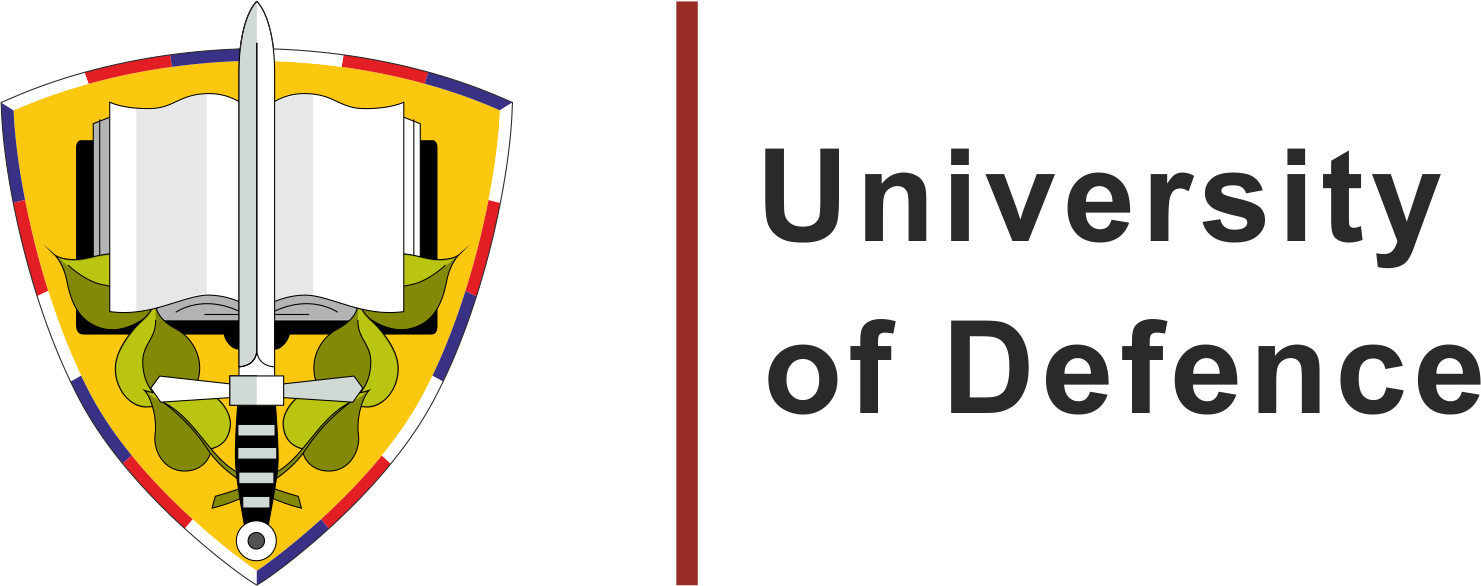Use of Spatial Modelling to Select the Helicopter Landing Sites
Keywords:
ERDAS IMAGINE, helicopter landing sites, knowledge base, spatial modellingAbstract
The paper describes a procedure of selecting areas potentially suitable for landing of particular formations of helicopters. It describes specific requirements of the NATO documents that have to be respected when selecting the areas for landing. These requirements relate to a slope of ground and an obstruction angle on approach and exit paths. It also lists natural and man-made terrain features that represent the obstacles that can prevent helicopters from landing. Creating the knowledge base and graphical models in ERDAS IMAGINE is then described. The results of modelling different configurations of landing points are presented.
References
MASON, G. L., GATES, B. Q. and MOORE, V. D. Determining forces required to override obstacles for ground vehicles. Journal of Terramechanics, 2012, vol. 49, no. 3-4, p. 191-196.
RYBANSKY, M. and VALA, M. Relief Impact on Transport. In Proceedings of the International Conference on Military Technologies 2009 (ICMT’09). Brno: University of Defence, 2009, p. 551-559.
RYBANSKY, M. and VALA, M. Analysis of relief impact on transport during crisis situations. Moravian Geographical Reports, 2009, Vol. 17, no. 3, p. 19-26.
SHOOP, S., KNUTH, M. and WIEDER, W. Measuring vehicle impacts on snow roads. Journal of Terramechanics, 2013, vol. 50, no. 1, p. 63-71.
DI MARTINO, F. and SESSA, S. Spatial Analysis and Fuzzy Relation Equations. Advances in Fuzzy Systems, 2011, p. 14., ISSN 1687-7101
TALHOFER, V., HOSKOVA-MAYEROVA, S. and HOFMANN, A. Improvement of digital geographic data quality. International Journal of Production Research, 2012, vol. 50, no. 17, p. 4846-4859.
KOVARIK, V. Possibilities of Geospatial Data Analysis using Spatial Modeling in ERDAS IMAGINE. In Proceedings of the International Conference on Military Technologies - ICMT’11. Brno: University of Defence, 2011, p. 1307-1313
STANAG 2999 (Edition 9), Use of Helicopters in Land Operations Doctrine. Brussels: NATO Standardization Agency, 2012.
ERDAS, Inc. ERDAS Field Guide. Norcross: ERDAS, Inc., 2008. 776 p.
HUBACEK, M. Constructive simulation and GIS. In Proceedings of the International Conference on Military Technologies and Special Technologies - ICMT’12. Trenčín: Alexander Dubček University of Trenčín, 2012, p. 353-358.
Downloads
Published
License
Copyright (c) 2014 Advances in Military Technology

This work is licensed under a Creative Commons Attribution-NonCommercial 4.0 International License.
Authors who publish with this journal agree to the following terms:
1. Authors retain copyright and grant the journal right of first publication with the work simultaneously licensed under a Creative Commons Attribution License that allows others to share the work with an acknowledgement of the work's authorship and initial publication in this journal.
2. Authors are able to enter into separate, additional contractual arrangements for the non-exclusive distribution of the journal's published version of the work (e.g., post it to an institutional repository or publish it in a book), with an acknowledgement of its initial publication in this journal.
3. Authors are permitted and encouraged to post their work online (e.g., in institutional repositories or on their website) prior to and during the submission process, as it can lead to productive exchanges, as well as earlier and greater citation of published work.
Users can use, reuse and build upon the material published in the journal for any purpose, even commercially.






